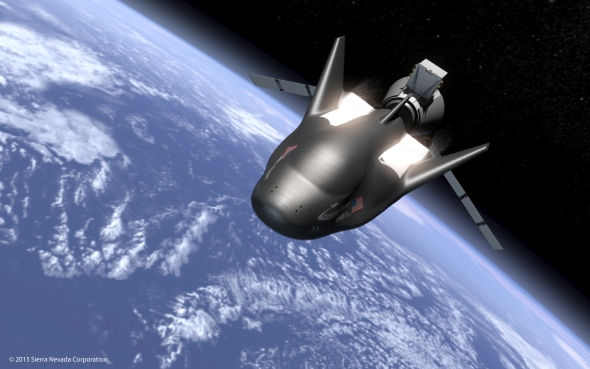In an operation at Kennedy Space Center involving minute movements and precise placement, the pieces of the first CST-100 Starliner test article became a capsule. The test article will help verify the manufacturing method, the materials, and the parts being created by Boeing and the project’s suppliers and help study the design of the Starliner.
Sourced through Scoop.it from: www.youtube.com
See on Scoop.it – The NewSpace Daily









